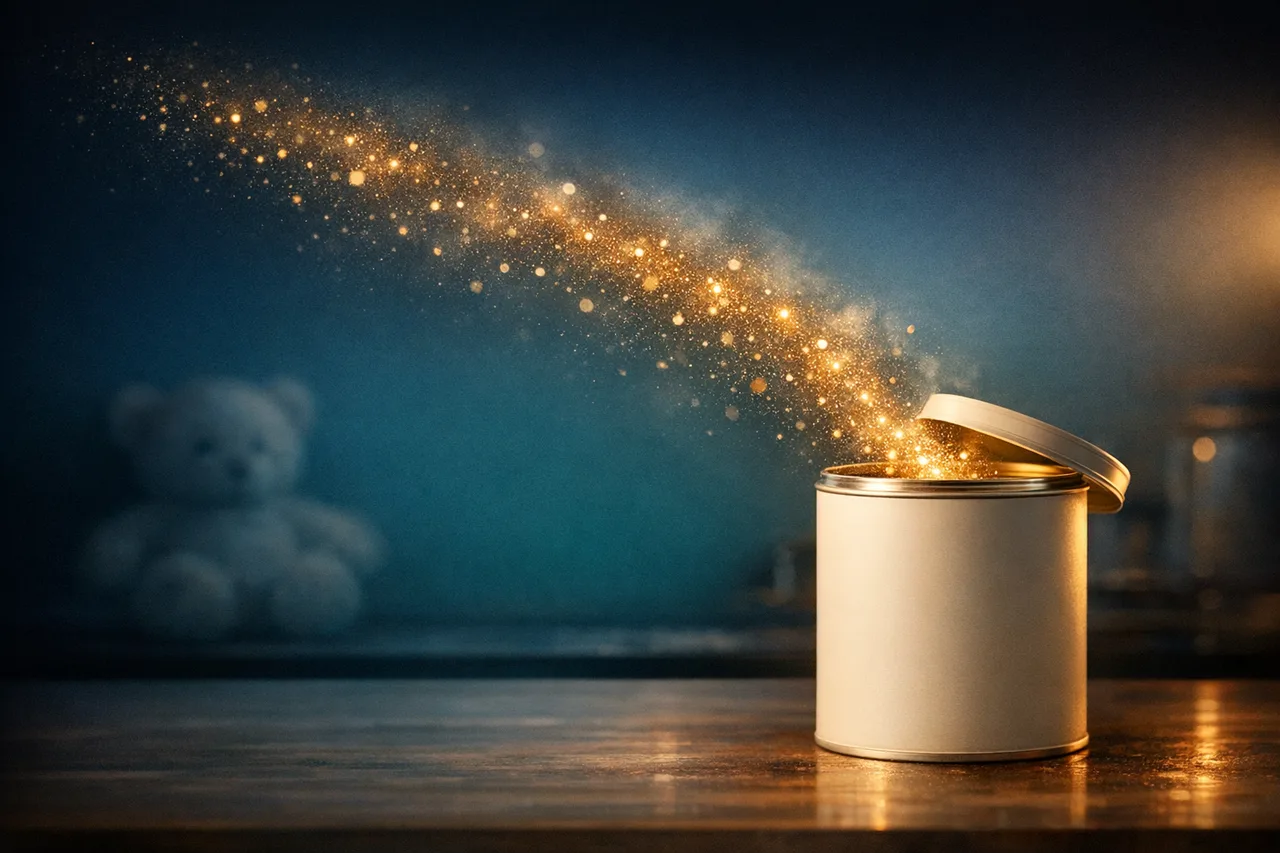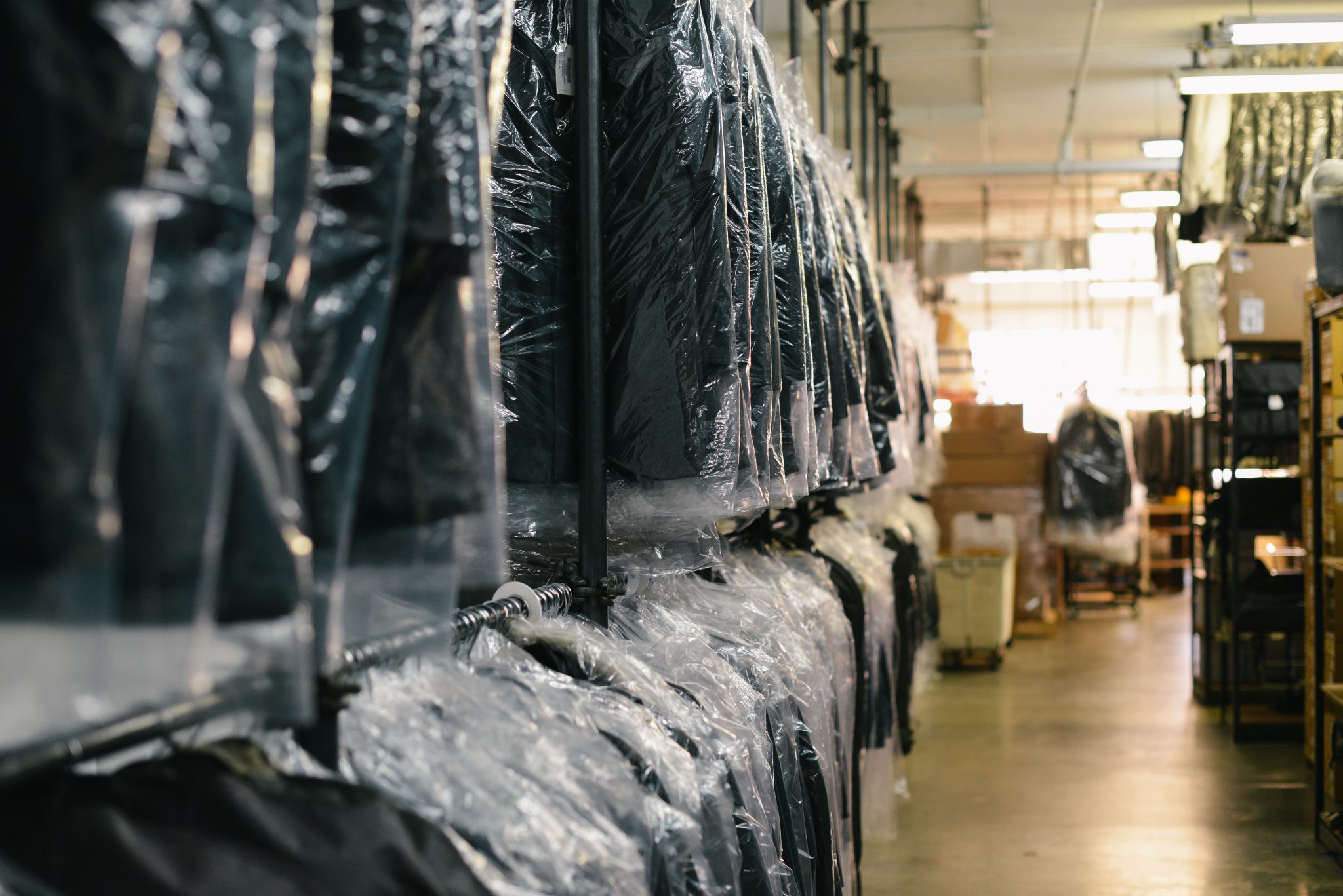
Taking clothes to get dry cleaned is, for some people, a part of their normal routine. Whether it is done daily, weekly, or monthly we all have, at least at one point taken, a trip to the dry cleaner. You drop your shirt off, leave, and come back the next day to pick up your clean shirt that is now covered in plastic. But have you ever stopped to think what happens to your shirt when you drop it off? What are they actually doing to your shirt? Now I know this isn’t like you dropping of your kid at daycare every day and then one day it dawns on you and you think, “what DO they do all day.” It’s definitely less dramatic but could be interesting to investigate. So what does actually happen at the dry cleaners?
Let’s start from the beginning, dry cleaning was invented in 1855 by French dye-works owner Jean Baptiste Jolly. One day some kerosene spilled on his table cloth and he noted that the table cloth became cleaner so he dubbed this “dry cleaning” and that was that. Various solvents, like gasoline, were initially used in the dry cleaning process then the industry moved towards using perchlorethylene (perc) as its main solvent to dry clean clothes. What is perc? It’s a colorless, nonflammable liquid chemical that carries an ether-like (sweet) smell. This chemical in high levels can actually be really dangerous.
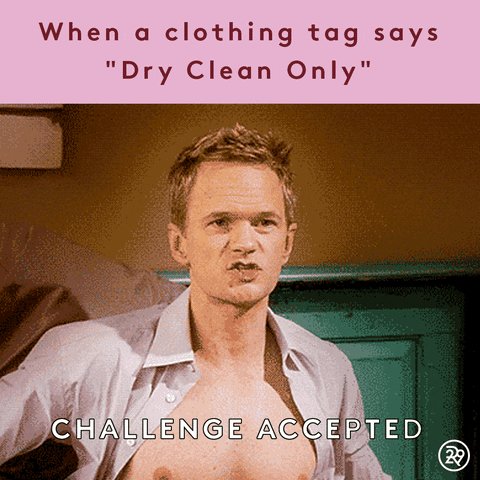
After you’ve dropped off your garments most dry cleaners will put the clothes in a motor-driven cleaning machine that contains a perforated stainless-steel basket. The cleaning solvent (perc) is then routinely pumped into the basket while it is spinning, at the same time a filter is purifying the dirty solvent which is then re-circulated, this allows the business to save money while also staying somewhat green. The drying of the clothes usually takes place in the same machine as the washing process. After the clothes have been ‘cleaned’ the machine is then filled with warm air that is circulated through the cylinder which vaporizes the leftover solvents that are still clinging to the clean clothes. In a still, the solvent is purified and heated, only to then be re-condensed into liquid. This leaves the solvent clean so that it can now be pumped back into the tank. The clothes are re-inspected for stains and if okayed get covered in plastic and hung up in anticipation for your arrival. Riveting to say the least.
You may also like
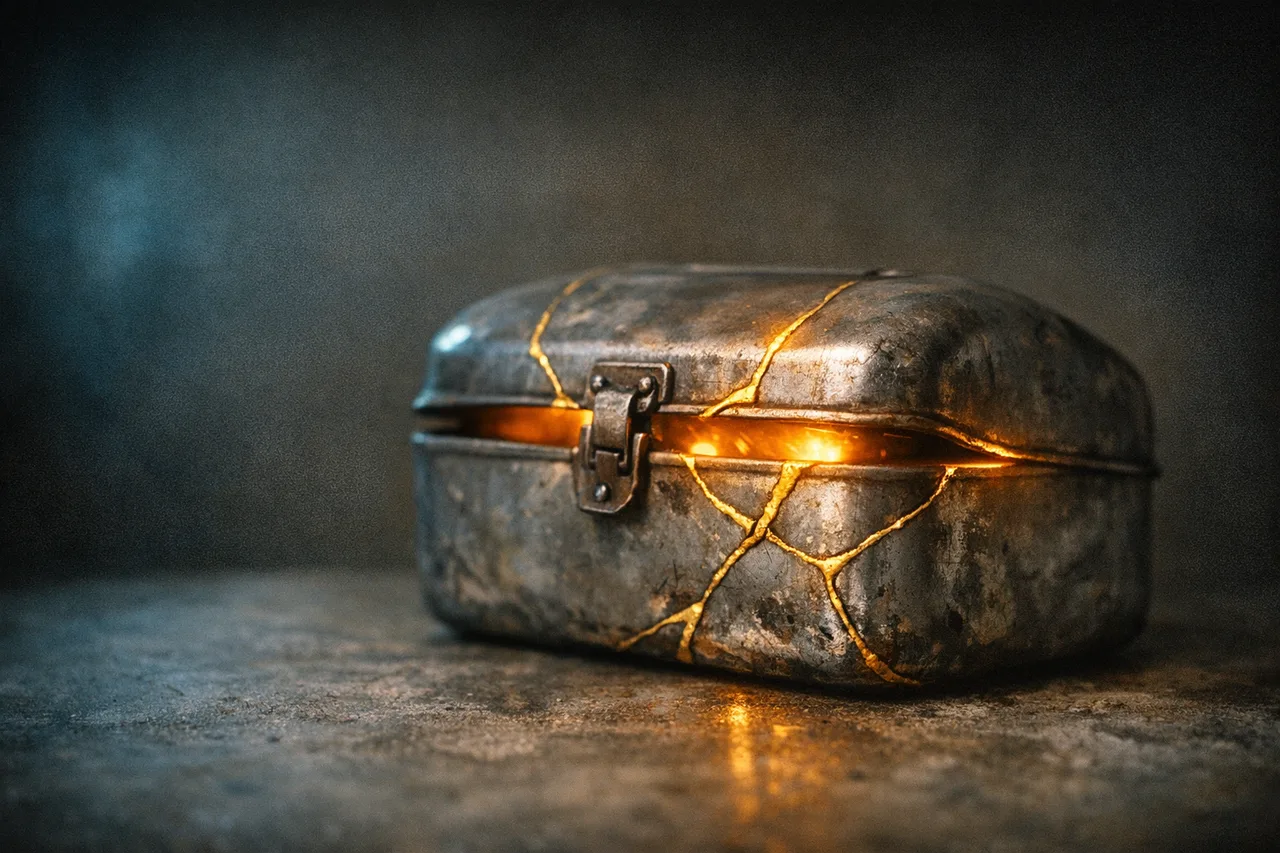
A Viral Reminder of Medicine's Quiet Heroes

Why Does Fresh Snow Make NYC So Quiet?
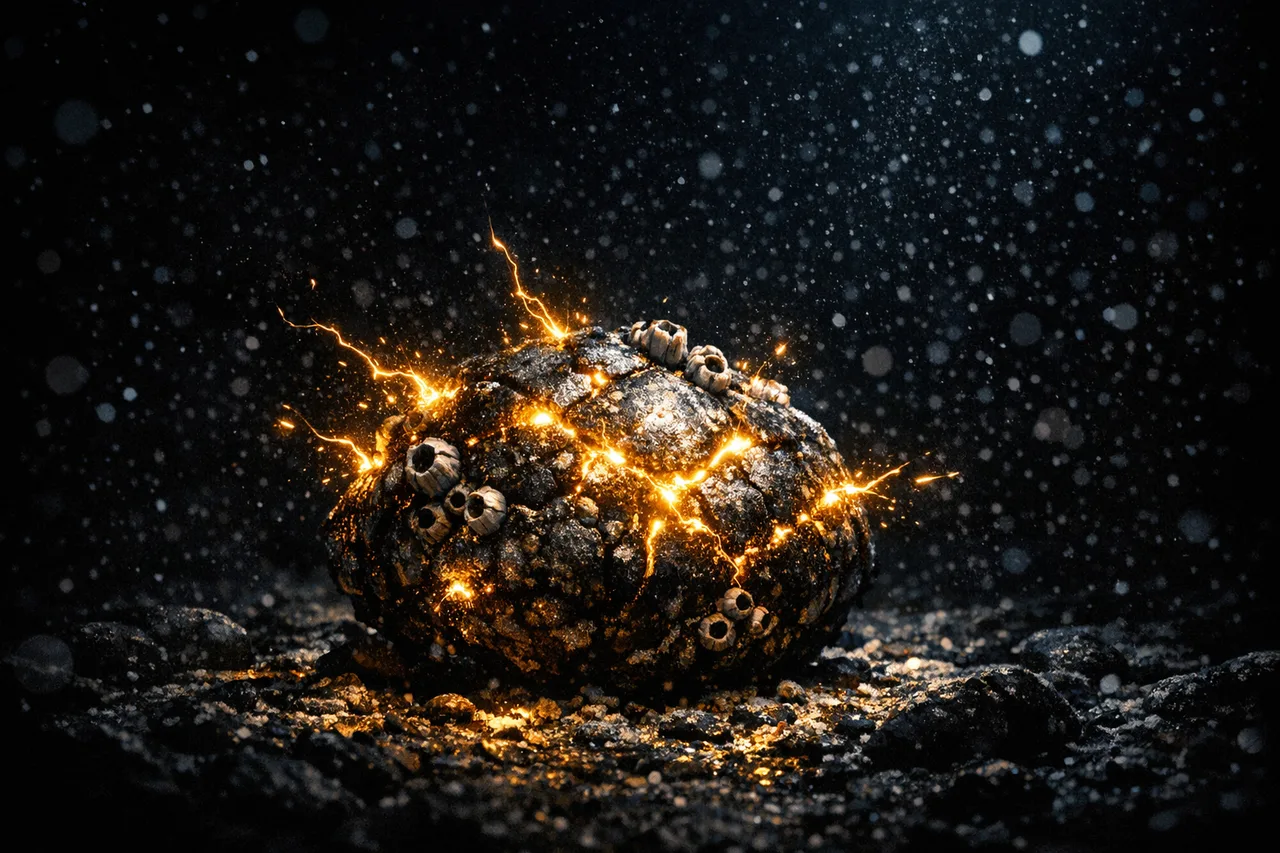
Rocks Making Oxygen in Total Darkness

When Cheese Gets Interesting for Brain Health
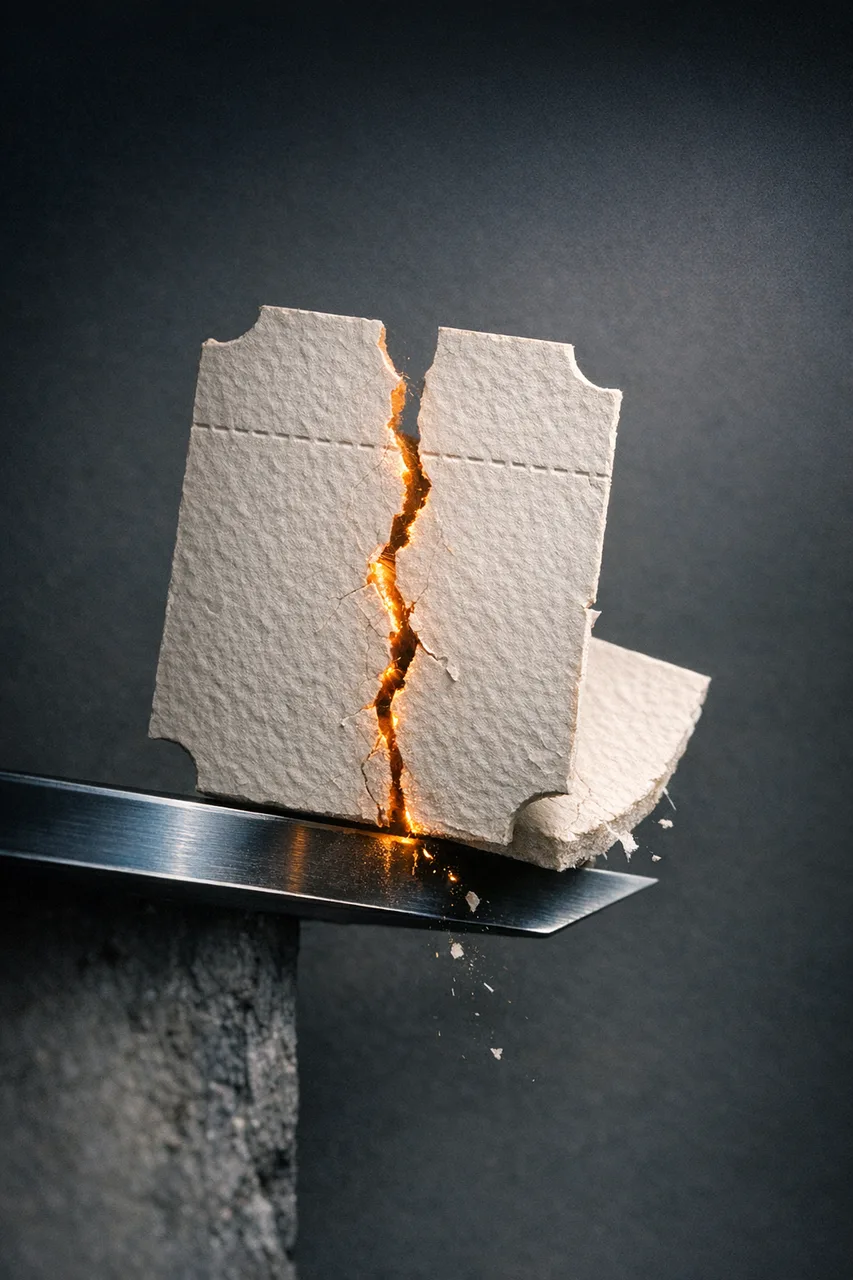
What Happens If ACA Tax Credits End?
